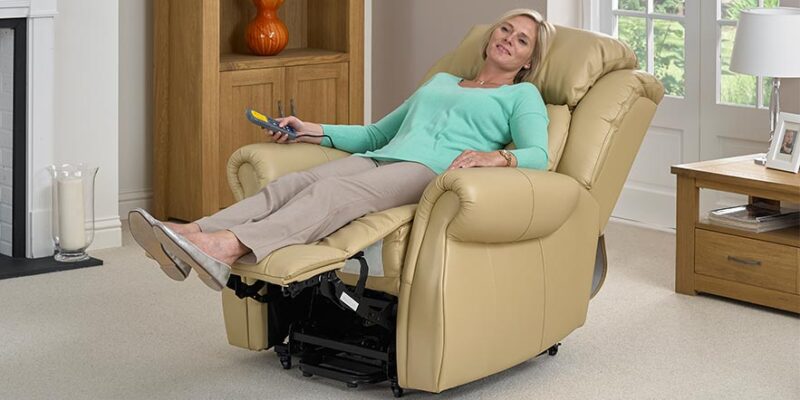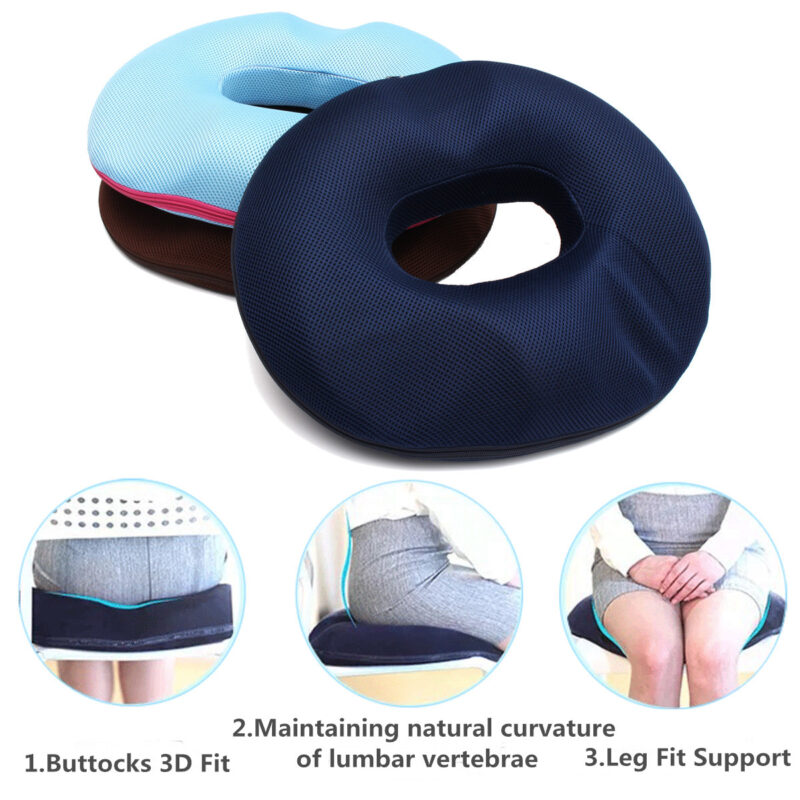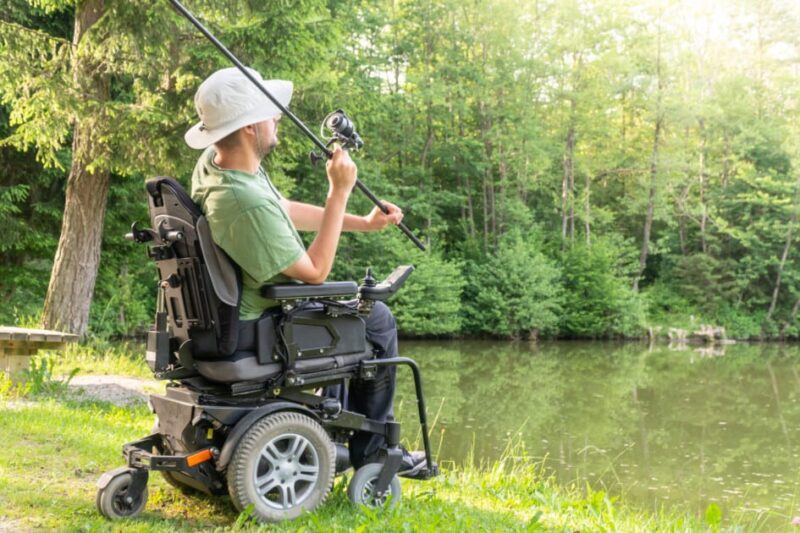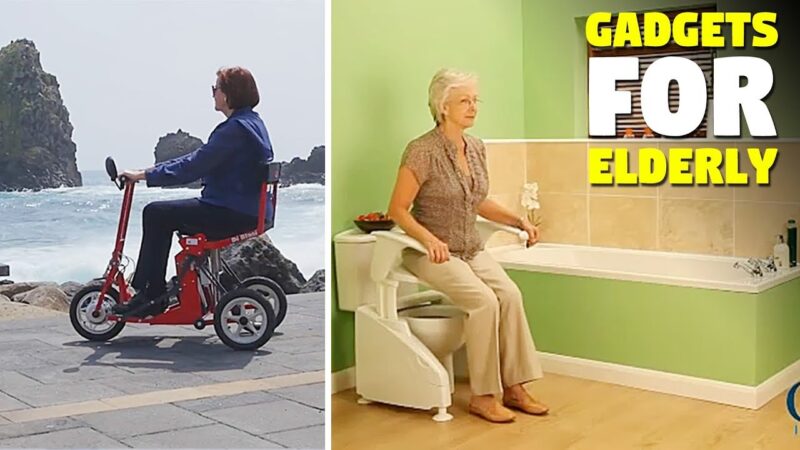As we age, it becomes more and more common for hip dysplasia to develop. One out of every three people over 60 will be affected by hip dysplasia.
Assistive technology, or AT, is a category of equipment that can help individuals with physical disabilities perform tasks that are difficult to do independently.
Tasks may range from something as simple as a vibrating alarm clock to wake up in the morning to something far more complex, such as a powered wheelchair that helps the user get around independently. Photo etching small intricate parts is usually needed when crafting assistive technology.
With so many different types of assistive technology available on the market today, it’s important to first determine what kind of physical disability you have before choosing an AT device.
Below is a list of some common types of assistive technology for hip dysplasia:
Recliners

Having a reliable recliner throughout the day is crucial for resting and maintaining health for those who’ve had hip replacements.
Recliners act as an extension of your bed because they can easily recline at any point during the day. When buying a recliner for hip dysplasia, make sure it has arm pads that can raise and lower and a positionable footrest to accommodate any setting.
A Raised Toilet Seat
A raised toilet seat can be a big help to those suffering from hip dysplasia. It helps in reducing the pain and makes it easier to sit down and stand up from the toilet.
A Sponge With a Handle for the Shower or Bath

This is another effective assistive technology for hip dysplasia as this is something that provides support while bathing in the shower or taking a bath. It helps in reducing the pain and helps you take a shower comfortably.
A Device To Help You Put On Your Shoes or Socks
It is extremely difficult to wear or remove your shoes or socks if you cannot bend. A shoehorn can help you out with this problem as it is designed specifically for people like you who cannot bend due to back pain caused by hip dysplasia.
Doughnut Cushion

Another type of hip dysplasia assistance device is a doughnut or doughnut cushion. This device is designed to fit around your waist and support your hips, so they remain in proper alignment while you sleep.
It works best when used with a bed wedge for added support. Some people with mild symptoms also find relief from sleeping on a soft football-shaped pillow placed between their knees to keep them bent during sleep.
Transportation Devices

Transport chairs, also known as electric wheelchairs, are motorized wheelchairs that can either be carried or attached to a vehicle to go wherever they need to go with their users.
Stand-up wheelchairs have wheels on the back and front of the chair, allowing them to move forward and backward just like regular wheelchairs.
Assistive technology can provide support, information, and reassurance to anyone with hip dysplasia. Technology can significantly improve a patient’s quality of life by eliminating some of the barriers caused by the illness.
Depending on the severity of the dysfunctionality of a person’s hips, AT can support them throughout their day-to-day life.


